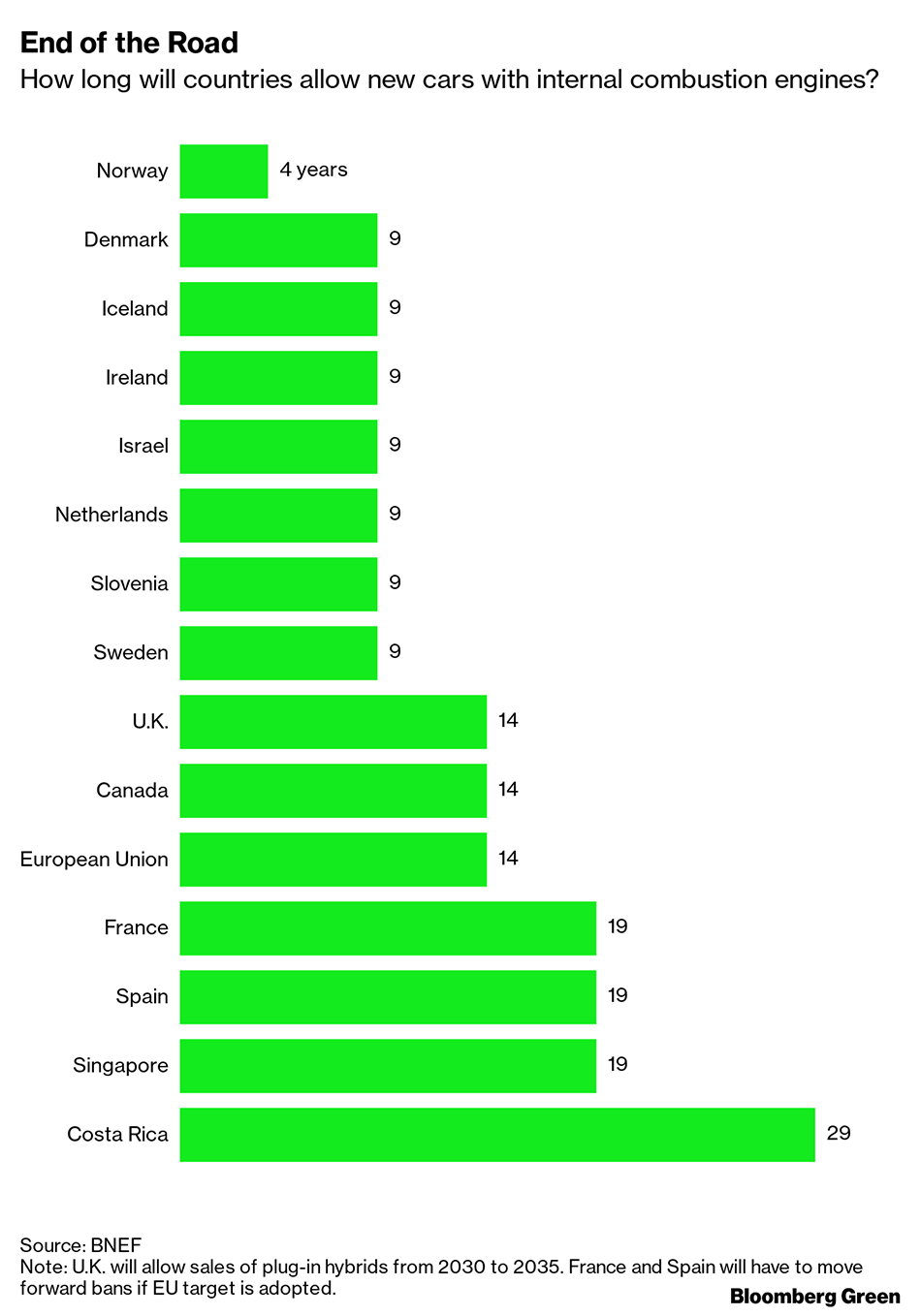|

By Kyle Stock
Mr. Musk will juice you up — yes, even you Nissan and Porsche people
who have steered well clear of The Elon Show.
Tesla Inc.’s pledge to open its massive charging network to other car
brands later this year, while largely expected, nevertheless marks a
major inflection point in the electric vehicle economy and, should it
come to pass, will surely goose the pedal on EV adoption.
To date, Tesla has kept its plugs behind a walled garden because,
well, because it could. When it was getting started, there was no
incentive for anyone else to build and operate chargers, so it made
its own, understanding fully that the electricity was as important as
the electric vehicle. Simply put: plugs sold cars. As long as EV
dabblers like Chevrolet and Nissan didn’t have many of them, customers
had all the more reason to buy a Tesla.
But with the coming parade of Tesla fighters came a surge in rival
charging networks like Electrify America and EVgo. Tesla’s charging
map is still arguably better than its rivals, but not by much.
In the U.S. and Canada there are 1,176 fast-charging Tesla stations,
compared with 5,113 stations operated by others, according to the
latest tally by the Department of Energy. However, there are 20% more
Tesla plugs and they are scattered more widely around the country, as
the company leverages them as business development machines, from the
badlands of North Dakota to the forests of Maine.

The most likely places for Tesla to drop its charging wall are in
Europe, where it faces much
more robust
rival networks and stands to gain subsidies for brand-agnostic plugs.
In Europe, Tesla owns just 16% of the public fast chargers and, not
surprisingly, many Tesla vehicles on the continent are equipped with
the more generic CCS charging port, rather than the company’s
proprietary dock.
Meanwhile, in his home market, Musk’s hand has been further forced by
his rivals, as competing car companies cobble together partnerships —
known as interoperability agreements – that allow their customers to
plug in to almost any network. Ford’s hodgepodge charge map, dubbed
FordPass, comprises 16,000 stations, including those run by Electrify
America and EVgo. Most of Montana and
Wyoming is still a bridge too far for a Mustang Mach-E in the wild,
but the rest of the country is fairly well wired.
In short, Tesla’s chargers are no longer as powerful at selling cars;
Musk may as well use them to sell some electricity. No doubt, he’ll
also use them to squeeze some hefty access fees out of FordPass and
other electric vehicle startups like Stellantis and Volkswagen. If the
service is good, the company eventually might lure some drivers away
from their Chevrolet Bolt or Volkswagen ID4. “There’s certainly a
marketing aspect to it,” says BloombergNEF analyst Ryan Fisher.
There’s no telling when, where, or even if Tesla will knock down the
wall around its chargers. The latest pledge came from Musk’s Twitter
feed, historically a somewhat unreliable source.
And if the company does welcome other
brands, there will likely be some elaborate queueing system to give
priority to the Tesla faithful. But the Supercharger network finally
has viable competition, albeit a collective one, in the minds of car
buyers and, apparently, in the mind of Elon Musk.
Wyoming may see a few more Mustangs in the wild after all. Giddy up.
If you're a Bloomberg Green subscriber and want to start getting our
Hyperdrive newsletter about electric vehicles,
sign up here.
If you're a Hyperdrive subscriber and want to start getting our daily
Green newsletter,
sign up here.
Like getting the Green Daily newsletter? Subscribe
to Bloomberg.com for unlimited
access to breaking news on climate and energy, data-driven
reporting and graphics, Bloomberg Green magazine and more. You
can read today’s newsletter on our website
here.
The European Union’s push to ban
new combustion-engine cars by 2035 was
only the latest
government move to phase out gas-guzzling automobiles. In Europe, it’s
just one part of a
massive overhaul
that will touch almost every aspect of daily life. Mercedes-Benz
vowed to spend
more than 40 billion euros ($47 billion) this decade to meet the
historic industry transformation, joining
other carmakers
that are investing tens of billions to accelerate their shifts to
electric.

·
The future of space is bigger than
Bezos, Branson or Musk.
Bugatti
will soon become
like a Patek Philippe wristwatch.
Bentley
unveiled
its second-ever plug-in vehicle.
Green Play Ammonia™, Yielder® NFuel Energy.
Spokane, Washington. 99212
www.exactrix.com
509 995 1879 cell, Pacific.
exactrix@exactrix.com
|